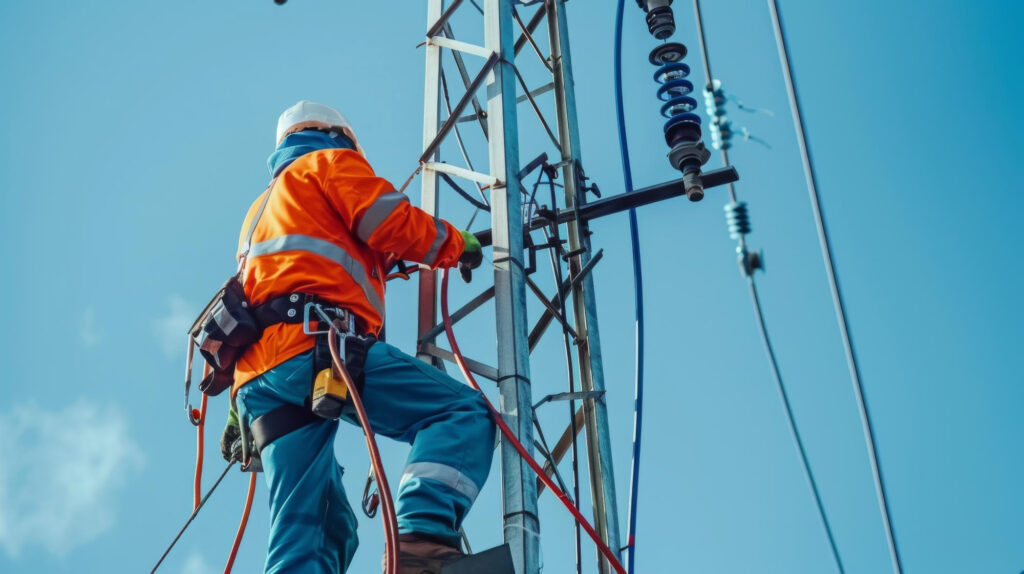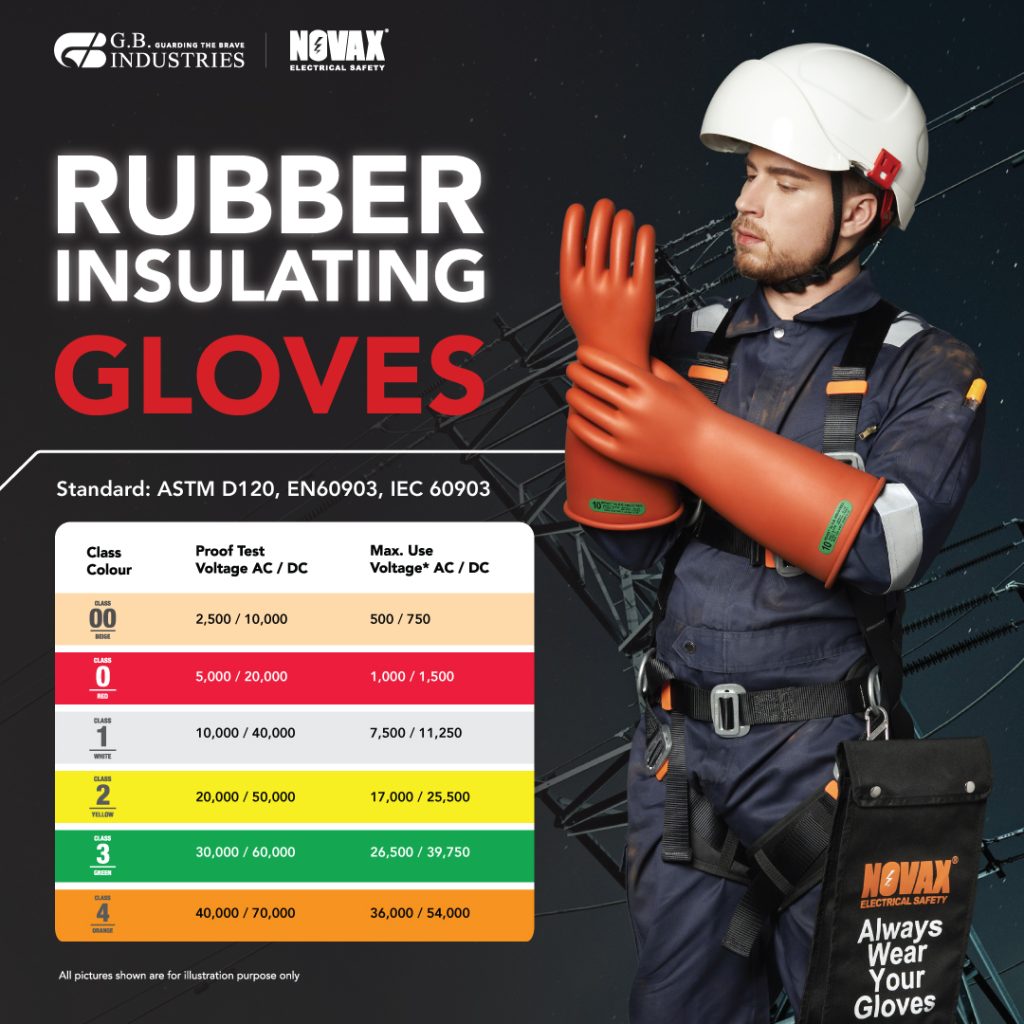
Electric shock, arc flashes, and burns are just a few of the hazards that come with electrical tasks. The right pair of insulating gloves protects you by forming a non-conductive barrier between your hands and live circuits.
“You can replace tools, but you can’t replace your life.”
Did You Know? According to OSHA 1910.137, insulating gloves must meet rigorous safety and testing standards before use. Our gloves not only comply with OSHA but comply with ASTM and IEC standards too.
There are generally three types of gloves used for electrical protection:
👉 Not sure which glove class you need? Check out our Electrical Glove Class Guide.
NOVAX® gloves are made using an eco-friendly aqueous dipping process, resulting in:
🔗 Learn more on our Insulating Gloves product page.
We rigorously test our gloves to meet global safety standards:

Matching the glove to the voltage and environment is crucial:
Don’t forget to assess environmental conditions like temperature, moisture, and presence of oils or chemicals that could compromise glove integrity.
Which Glove Size Is Right For Me?
NOVAX® recommends the ‘Palm Measurement’ where you measure the circumference around the palm to determine the size of the glove. This would equate to the probable size of glove to select. Personal preference for tightness and finger length will ultimately determine the glove size that is deemed most comfortable. Allow for addition room if glove liners to be worn.
| Size | Palm Circumference |
|---|---|
| 8 | 203mm (8″) |
| 8 ½ | 216mm (8 ½″) |
| 9 | 229mm (9″) |
| 9 ½ | 241mm (9 ½″) |
| 10 | 254mm (10″) |
| 10 ½ | 267mm (10 ½″) |
| 11 | 279mm (11″) |
| 11 ½ | 292mm (11 ½″) |
| 12 | 305mm (12″) |
Tips for perfect fit:
Your gloves should feel like a second skin, snug, but never restrictive.
Proper glove care is essential to ensure continued protection. Follow these steps:
We also recommend retesting every 6 months as per OSHA guidelines.
What gloves do electricians use?
Class 0 or Class 00 gloves with leather protectors are most common among electricians.
Are leather gloves safe for electrical work?
Only when used over insulating rubber gloves. Leather alone offers no electrical protection.
How often should gloves be tested?
Every 6 months, and before each use.
Do glove materials affect dexterity?
Yes. Our aqueous-dipped gloves provide improved dexterity without sacrificing protection.
Can gloves resist both electrical and mechanical hazards?
Yes, when used as a complete system: rubber insulating gloves plus leather protectors.
Electrical safety starts at your fingertips. At NOVAX®, we’re committed to providing high-performance insulating gloves trusted by utility professionals, electricians, and energy workers worldwide.
🛒 Ready to upgrade your gear? Shop Gloves for Electrical Work or talk to us for custom orders.
No. 75-2 Jalan USJ 21/11,
47630 Subang Jaya,
Selangor Darul Ehsan,
Malaysia.
Lot 3850-3855 Chembong Phase II,
Industrial Estate Chembong,
71300 Rembau, Negeri Sembilan,
Malaysia.
Copyright © 2025 G.B. Industries Sdn Bhd.
All rights reserved.